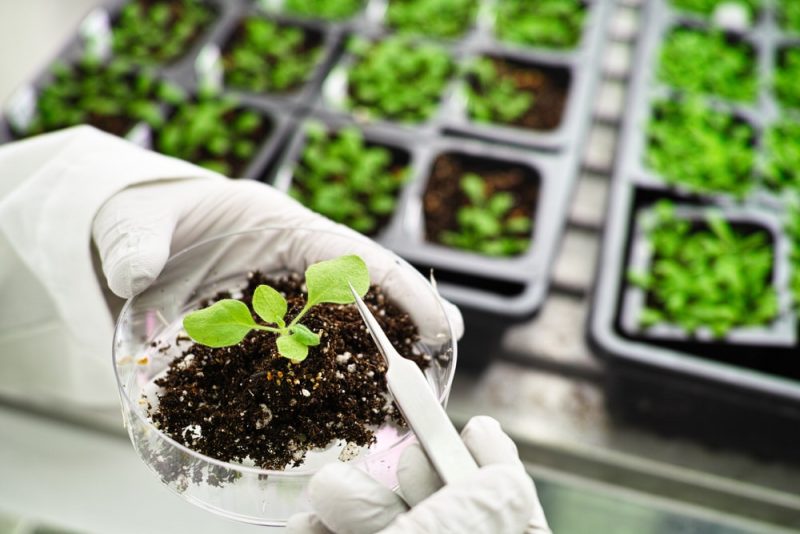The biotechnology is the technological application that uses biology (biological systems and living organisms or their derivatives) to create or modify products or processes for the benefit of man and his environment. It uses sciences such as physics, chemistry, mathematics and engineering to develop its advances.
Biotechnology includes practices and discoveries in the fields of medicine, industry, agriculture and environmental care. For example: in the development of new drugs or treatments for certain diseases, he developscrop development and food productionnt, the treatment of waste and recycling.
Types of biotechnology
There are different types of biotechnology, each of them is named with a color that identifies it. They are distinguished from each other by the area in which they are developed and the methods and means they use.
- Red Biotech. It is the application of biotechnology in medicine.
- White Biotech. It is the application of biotechnology in industrial processes.
- Blue biotechnology. It is the application of biotechnology in processes related to the sea.
- green biotechnology. It is the application of biotechnology in agriculture.
- Gray biotech. It is the application of biotechnology in the care of the environment.

Biotechnology stages
The origin of biotechnology dates back to 4000 BC. C. (approx.) with the beginning of the first civilizations that used the fermentation mechanism to make bread, cheese and wine. This gave rise to traditional biotechnology that uses living organisms to make food or other processes.
The term biotechnology it is attributed to the Hungarian engineer, Károly Ereki (1919). In the last century, modern biotechnology has developed from detailed knowledge of the structure of DNA. This made it possible to manipulate it and advance practices such as genomics, genetic engineering (such as the development of recombinant insulin or transgenic foods) and pharmaceutical therapies.
Advantages of biotechnology
- Development of practices that improve the productive capacity of the land.
- Development of practices that improve the nutritional capacity of food.
- Discovery of new drugs for the treatment of various diseases and pathologies.
- Development of biorefineries as a means to create new types of renewable products.
- Development of bioremediation for the treatment of contaminated land.
- Development of practices for waste recycling.
Biotechnology risks
The application of biotechnology in agriculture is one of the areas that arouses the most controversy. Organizations, advocacy groups, and consumers are calling for limits on the presence of genetically modified organisms (those that have been modified by genetic engineering) and for labeling laws to inform consumers about the presence of these organisms in food.
Although studies carried out by the United Nations, the US National Academy of Sciences, the European Union, the American Medical Association and other organizations have reported that these practices are safe, there are fears for the long-term consequences that they may have on the health of people and in the environment.
Genetic engineering also raises ethical and judicial questions. Techniques that artificially modify ecosystems, genetic manipulation or cloning generate fear and rejection in part of the population.
biotechnology examples
- antibiotics
- Bacterial and yeast cultures
- Skim milk, fortified or long life
- Contributions to the fight against cancer
- Biofuel production
- transgenic plants
- biodegradable plastics
- Vaccines
- cloning
- growth hormones
